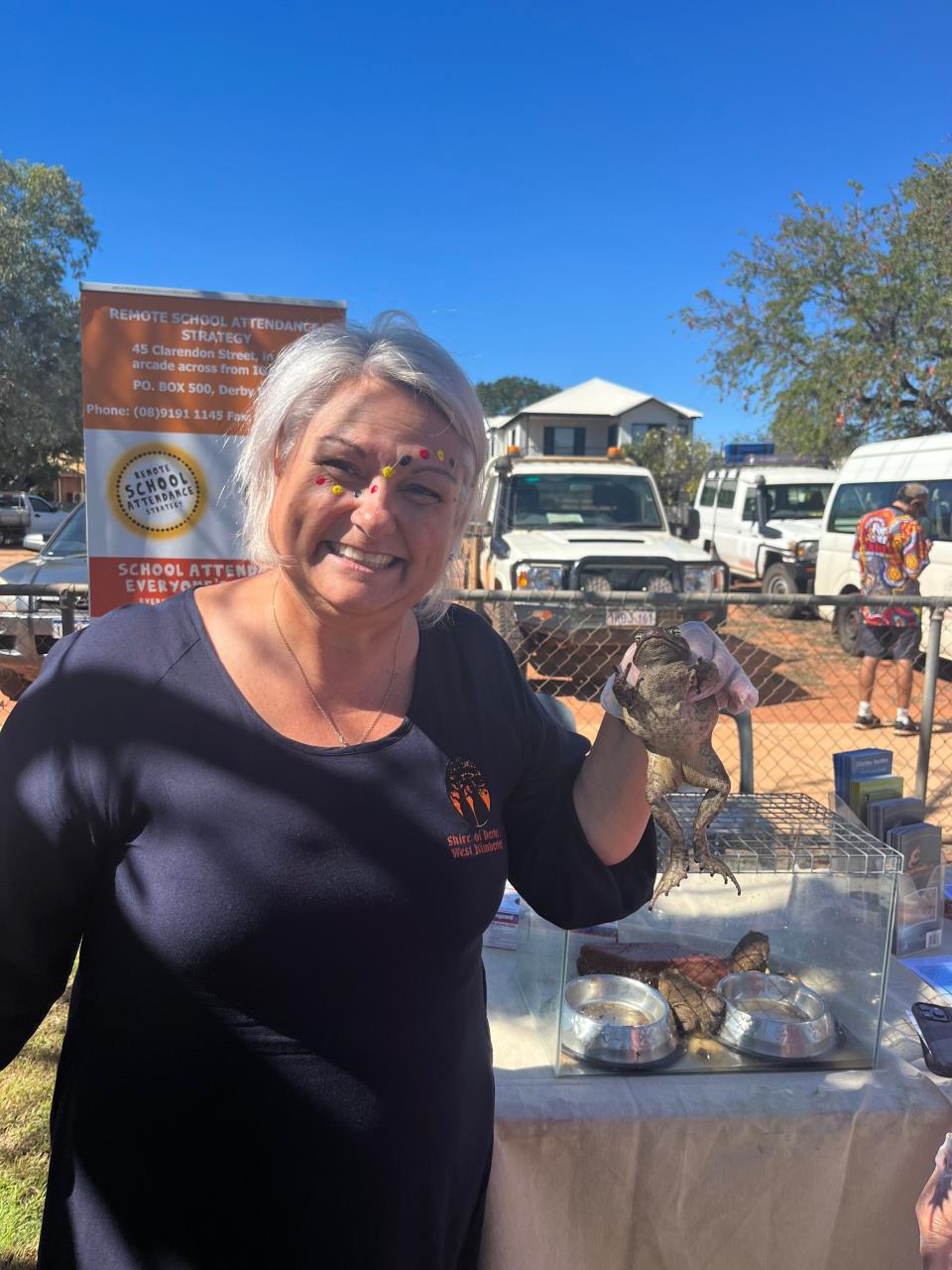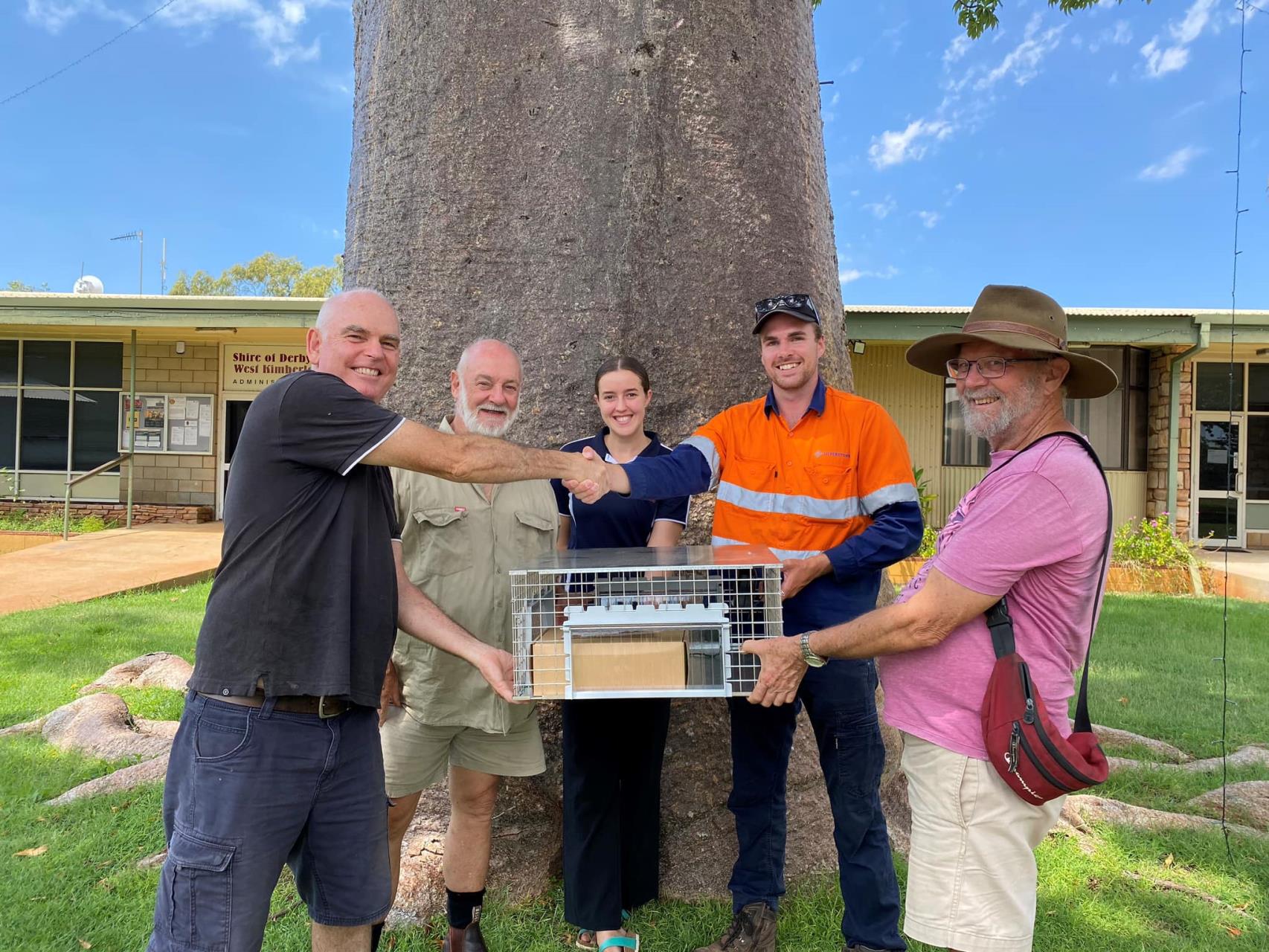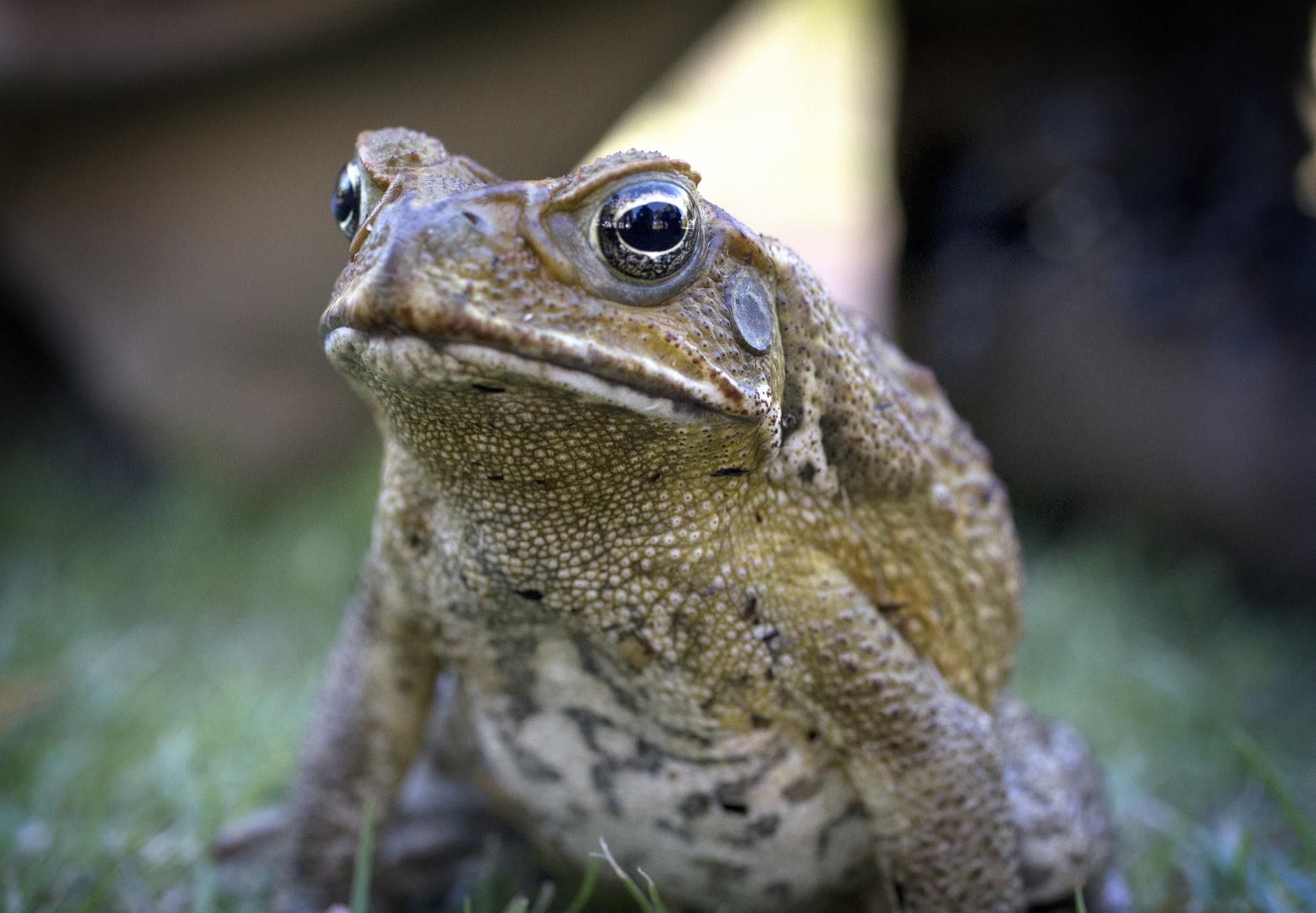Published on Friday, 2 February 2024 at 10:12:39 AM
The cane toad invasion was successfully controlled by the Derby Landcare Group last year after they recorded a total of 232 toads being trapped or captured.

Cane toads are an invasive species that wreak havoc on native fauna and have been blamed for killing up to 50 per cent of the Northern Territory’s freshwater crocodiles.
The destructive creatures have reportedly been found in Broome and have proliferated throughout the Kimberly.
So far this year, due to a lack of rain, the cane toad population in Derby has been kept at bay.
However, once the wet season finally hits town, Derby Landcare Group Chairperson Robin Chapple says they’ll have their work cut out for them.
“There are a few females floating around - quite large ones - but they don’t have anywhere to lay,” says Mr. Chapple.
Females can lay up to 8,000–25,000 eggs eggs, making them a target for capturing along with the need for the constant monitoring of freshwater areas for tadpoles.
“The gravel pits, when they fill up with water, are a good breeding ground along with Frosty’s Pool near the Prison Boab Tree,” says Mr. Chapple.
A large part of their anti-cane-toad campaign is to catch them before they get into town.
“One benefit that Derby has over any other place in Australia is that it is a peninsula and it’s surrounded by salt marshes. Cane toads won’t go anywhere near salt. So the only way in is the highway.”
The Derby port is also a potential exit point for hitchhiking toads to make their way out to the islands.
Mr. Chapple says Mt. Gibson Iron that uses the port to access their Koolan Island mine have been motoring for the invasive species with cane toad experts.
“Because the last thing we want is cane toads getting out to any of the islands. So they’re doing quite a bit of monitoring of stuff that gets onto the barges to make sure nothing is getting out.”
.

CANE TOAD BUSTS
In the next few months Mr. Chapple says they’ll be conducting “toad busts” with the help of the Department of Biodiversity, Conservation and Attractions (DBCA).
“Many years ago I did a toad bust at Ivanhoe Crossing just outside of Kununurra. And we got 500 toads in an hour,” says Mr. Chapple.
After the toads are captured, they’re comatosed in refrigeration, freezed and sent to Broome to be turned into cane toad sausages.
Those sausages are then scattered throughout the Kimberely by helicopter in hopes of inoculating native species.
The idea is that lizards and freshwater crocs get sick from eating the sausages and develop an aversion to the smell and taste rather than dying from eating the full-strength cane toad.
A potential hope of this working has been observed by the Derby Landcare Group. They found that three bluetongue lizards were living alongside cane toads in Frosty’s Pool.
“They might have had a little nibble of a cane toad, gotten sick and decided not to go there again,” says Mr. Chapple.
“To actually have a lizard that lives near cane toads means that it has become averse and that's a great sign.”
Mr. Chapple has also devised an innovation based on a netting system similar to prawn nets in England to catch cane toad tadpoles.
“It's a very, very fine mesh with a scoop on the front. And because cane toad tadpoles clump together you can pick up a clump of 2-3,000 in one scoop.”
Once there’s a deluge of water in town, he says they’ll be out scooping up the next generation of cane toads.
He also reminds people to be careful with dogs eating cane toads and to get early treatment if they have.
.
CROSS COUNTRY INVASION
Mr. Chapple has also penned a letter to the Minister of Mines about the possibility of cane toads moving through the Pilbara via abandoned mine pits.

He argues that once the pits fill up with water they could allow the toads to pass through the arid areas of the state if there was a significant rain system or cyclone.
He’s calling on the minister to have mining companies monitor old mine pits to make sure they’re cane toad free.
Typically, a cane toad can make a 3km “run” in a single night.
“And that’s usually when the population has reached a saturation point. That's when you get what we call runners. They want to get away from the mob and find new territory,” says Mr. Chapple.
“You can tell when they are running by examining their pads, which will be worn and bleeding from moving.”
He hopes this year they can keep a handle on the population in Derby so the town isn’t awash in toads like it is in other Kimberley towns.
.
A reminder you can report a cane toad via our website here:https://www.sdwk.wa.gov.au/community/natural-environment-sustainability/cane-toad-management.aspx
Back to All News